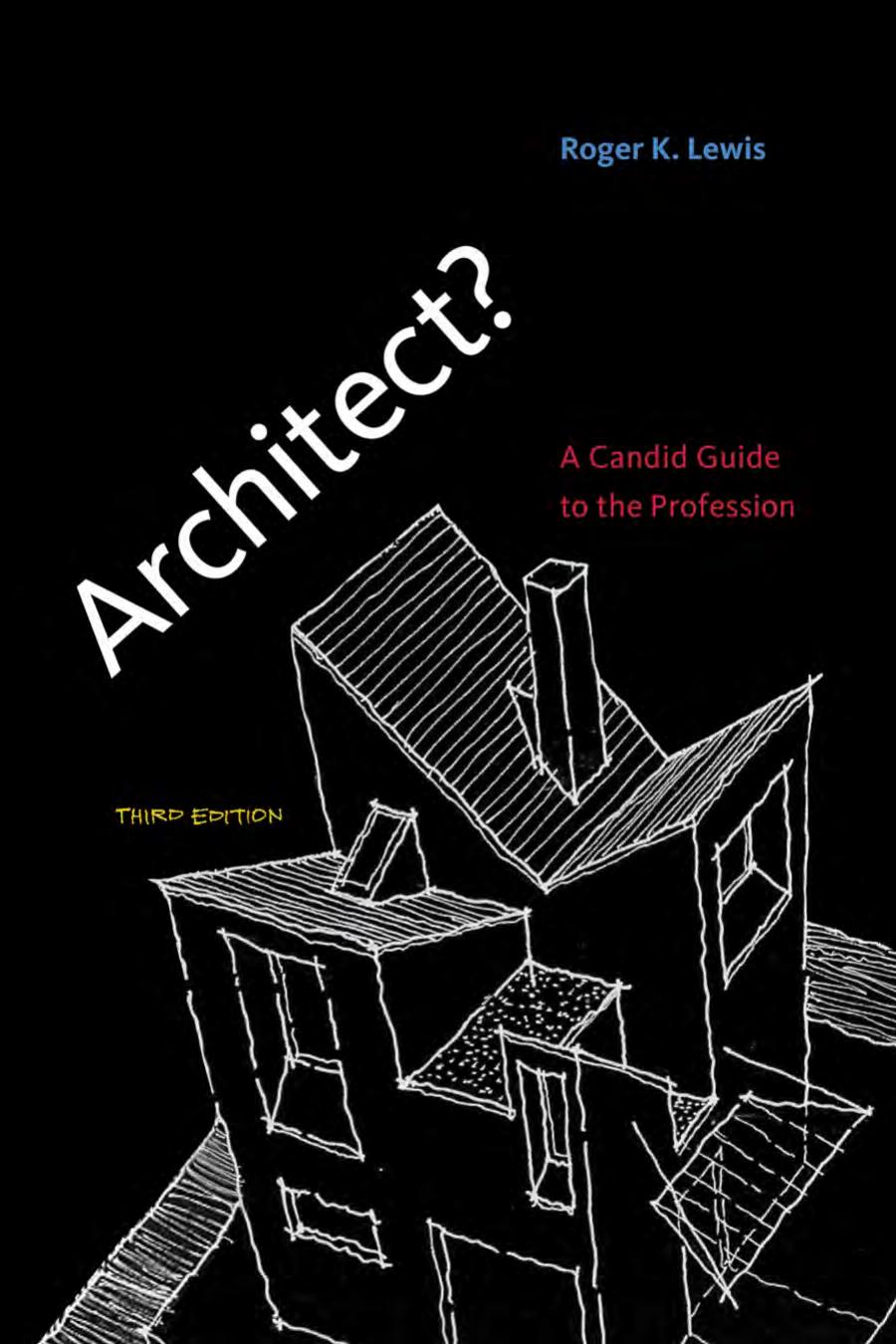

Most ebook files are in PDF format, so you can easily read them using various software such as Foxit Reader or directly on the Google Chrome browser.
Some ebook files are released by publishers in other formats such as .awz, .mobi, .epub, .fb2, etc. You may need to install specific software to read these formats on mobile/PC, such as Calibre.
Please read the tutorial at this link: https://ebookbell.com/faq
We offer FREE conversion to the popular formats you request; however, this may take some time. Therefore, right after payment, please email us, and we will try to provide the service as quickly as possible.
For some exceptional file formats or broken links (if any), please refrain from opening any disputes. Instead, email us first, and we will try to assist within a maximum of 6 hours.
EbookBell Team

4.4
42 reviewsThe first edition of Architect?, published in 1985, quickly became known as the best basic guide to the architectural profession. More than a decade later, it is a standard text for introductory courses on architecture and recommended reading on the application forms of many schools of architecture. This revised edition includes new information pertinent to current education and practice and addresses issues and concerns of great interest to students choosing among different types of programs, schools, firms, and architectural career paths.
Roger K. Lewis, a practicing architect and educator, takes a hard look at the education of the architect as he covers such topics as curriculum content, pedagogical theories and methods, program and faculty types, the admission process, internship, compensation, computer-aided design, and the culture of small and large firms. He tells how an architect works and gets work, and explains all aspects of architectural services, from initial client contact to construction oversight.
The author describes the benefits of becoming an architect, including the opportunity to express oneself creatively, to improve the environment, and to achieve notoriety. But he doesn't hesitate to show the other side—the lack of steady work and appropriate compensation, the intensity of competition, the restrictions imposed by clients, and the high degree of anxiety and disillusionment among young architects. Written in a clear, accessible style, the book is accompanied by the authors often-humorous illustrations and a valuable appendix.